This content was medically reviewed by Baher S. Yanni, MD, on January 24th, 2019.
Athletes maintain high speeds and display impressive feats, but bodies can only take so much. Injuries frequently happen in high-intensity sports, requiring recovery time and setting the progress of athletes back. Fitness is a healthy practice, and participation in sports promotes regular exercise. However, physical activity in sports wears down ligaments, muscles and joints and presents some level of risk. However, there are protective measures for athletes to manage the body and their precise movements.
Damages can happen to an athlete’s body anytime between training, conditioning, practices, games and competitions. While competitions present emotional stress and are the moments when athletes give their all, 62 percent of` injuries in organized sports occur during practice. The following injury explanations and tips on prevention will help you avoid painful encounters in your sport.
Types of Sports Injuries
There are two primary categories of sports-related injuries — overuse and acute injuries. They differ in the time it takes to notice them and the nature of the damage. You can use the following descriptions to consider the wear of your training on your joints and muscles compared to single events like collisions in your sport.
1. Overuse Injuries
Repetitive impacts from intense training create overuse injuries. Muscles, joints, ligaments and tendons sustain trauma during training. Because the development of overuse injuries progresses over time, identifying them before they do real harm is challenging. Inflammation and stiffness are signs of overuse in soft tissues areas.
Accumulated trauma from newly introduced exercises makes overuse injuries easier to identify because movements in the techniques are unfamiliar and pain is identifiable when ligaments and muscles feel out of place. However, familiar training routines are more likely to cause overuse injuries simply because athletes have used these movements the longest and they have had the most impact on their bodies. Chronic injuries are similar to overuse injuries, but they are reoccurring conditions.
2. Acute Injuries
Acute injuries happen from a single impact or a distinct event that targets a bone or muscle. Sudden injuries that create a dislocation or fracture are considered acute. These injuries are easy to notice because the event creates pain or an obvious predicament. This may be a collision or fall during an athletic game or training.
Acute injuries require immediate attention and typically cause an inability to function. Minor acute injuries are less serious and painful, but severe breaks and extreme swelling at the point of injury need treatment.
Causes of Sports Injuries
Athletes require a lot from their bodies, and they continue to push themselves to new limits. However, if you fail to prepare appropriately or neglect technical form, you will meet serious consequences. Several factors contribute to painful sports injuries, and the following elements often result in harmful accidents or overuse injuries.
1. Failing to Warm up or Cool Down
A frequent mistake for athletes is insufficient preparation and winding down during their constant training. When players must wake early in the morning or have long practice sessions, it is easy to leave off extra care for muscles. You may want to skip a warm-up session and jump right into the bulk of your workout, but this is dangerous for your body. If muscles are worked before stretching, they can tear from the direct force.
2. Improper or Poor Technique and Equipment
Techniques are precise and deliberate for a reason. If you do not execute movements correctly and alter your form, you can repeatedly strain a tendon or ligament and produce an overuse injury. A precise form allows a swimmer to perform the right stroke without tearing a rotator cuff and runners to sprint without pulling a hamstring.
Damaged or unfamiliar equipment, like worn shoes or using a new racket, make a significant difference. If you hold your new lacrosse stick differently because it is heavier or bulkier than the last one, it could put stress on your knees. Holding onto a piece of equipment can distract athletes from their interaction with other players, increasing the risk of injury.
3. Pre-Existing Conditions
Previously endured injuries and medical conditions increase the likelihood of injury during sports. Pre-existing injuries weaken ligaments or partially healed areas, and these past injuries present risks for athletes. Medical conditions, like hypertension or respiratory conditions, pose more serious risks for athletes performing competitively. If an athlete’s hip alignment is unusual, overuse injuries can unexpectedly arise from traditional techniques. Scoliosis could cause sports injuries on the back or neck in abrupt and unusual motions.
Top 8 Sports Injuries
Sports injuries are common because of the excessive physical demand from athletic competition. The most common injuries in athletics are in the joints which sustain forcible impacts and hard exertion. The following injuries frequently happen to amateur and professional athletes alike.
1. Sprains and Strains
Muscle strains and ligament sprains are the most common injuries that athletes sustain. These are overuse injuries that happen when running or jumping impact the body too harshly and repeatedly. Jarring motions that simultaneously stress joints and tear ligaments result in a sprain. Athletic events frequently involve ankle, knee or wrist sprains.
2. Knee Injuries
Soccer has the most knee injuries, with 20.8 percent of athlete outpatients playing the sport. Pivoting actions and continuous jumping frequently cause knee problems. Meniscus tears and injury to the patella, when the kneecap and the shin bone tissue is damaged, are two common knee injuries in athletes. Tears in the anterior cruciate ligament (ACL), which links the thigh bone and shin, are also common injuries that often require surgery.
3. Torn Achilles Tendons
Excessively stretching the tendon on the back of the heel, which extends to the calf, is a sports injury that easily halts athletes from playing through their game. The tendon ruptures or tears from running or dramatically turning in track, gymnastics, dance and many other sports. Athletes with flat feet and weak arches are particularly prone to Achilles tendon damage.
4. Shin Splints
The technical name of shin splints is medial tibial stress syndrome, and the shin bone stress can reoccur with repeated exercises. The pain of shin splints accompanies running and intense dance routines. An increase in activity or beginning a new training technique can target the shinbone.
5. Rotator Cuff Tears
The rotator cuff includes the tendons and muscles around the shoulder. It becomes injured by rotating injuries in football, swimming, tennis, baseball and other arm-extending sports. The shoulder joint is used to reach up and around, so injuries limit any reaching arm movements. The dull ache that accompanies this injury makes daily activities difficult and athletic competition challenging if not impossible.
6. Concussions
A concussion starts with a strong blow to the head, and the impact jostles the brain, resulting in symptoms like memory impairment, dizziness, nausea and blurred vision. Athletes who sustain a concussion usually go unconscious. Some concussions are minor and simply require rest, but they can be serious and even fatal. Also referred to as traumatic brain injury (TBI), concussions lead to 30 percent of injury deaths. Concussions also affect the spine and nearby nerves. Head trauma is common in contact sports, especially football.
7. Back Pain and Injuries
Back pain for athletes arises from stress and wear on the spine. If the abdominal muscles and other supporting core components are faulty, the spine can be compromised, and this can cause nerve damage. Golf, bicycling, weightlifting and tennis are sports that often produce back injuries.
Several back conditions may be the cause of back pain, like intervertebral disc deterioration or sciatica. Sciatica is a back condition that continues down one or both legs in shooting or tingling pain. Back strain and injuries may lead to pressure on the spine or compression of spinal discs.
8. Golf and Tennis Elbow
Tennis elbow is a textbook overuse injury, and it inflames the tendons around the elbow, shooting pain up the arm. The technical name, epicondylitis, can be described as medial or lateral, depending on the repetitive motion that caused the injury. The hand and wrist suffer from the injury, too, which makes gripping or holding sports equipment difficult. Aside from overuse, an improper technique in golf and tennis can also cause elbow inflammation.
Twisting and overloading the forearm can also result in tendon irritation. The stress on the elbow tissue causes the spreading pain, as the tears can extend all the way to the hand. Other sports that can cause epicondylitis are badminton and arm-extension track and field events like javelin and discus throwing.
7 Sports Injury Prevention Tips
Protecting your body from injury in athletics is crucial to continue improving and setting new records. Preventing injury includes forethought and attentiveness, and consulting sports medicine professionals and physicians brings additional feedback on athletic practices. Athletes can follow these tips to fend off injuries and progressive damage to their ligaments, muscles, joints and bones.
1. Create and Maintain a Fitness Plan
Athletes reach for the limits of physical ability, but sometimes this extreme effort for progress results in too much speed, exertion and strain. Formulate a fitness plan to manage your goals and development rather than pressing your body beyond healthy limits. Aim for sustainable achievements, so you don’t set yourself back with an injury and the accompanying recovery time.
2. Warm up and Cool Down
Warming up and cooling down is more than an athletic ritual — it gradually transitions your body from a neutral state into the high speeds and ambitious stunts of an athlete. Practicing physiologic warming through isometrics protects the muscles and adds flexibility that sustains any following activity. Start your workout with light preparation and stretching to prepare your muscles. The cool down allows your body to gradually return to a resting state, which promotes overall health and avoids injury.
3. Pay Attention to Your Limits
Even athletes who push the boundaries of human strength and agility have limits — although it’s difficult to admit. Observe your pain levels and don’t ignore what your body is trying to tell you. Playing through the pain may leave you with a worse injury than if you stopped when you first noticed the injury. Watch for symptoms of overuse and stress on your joints. Recognize the difference between a typical feeling of muscle use and the distress from potential injuries.
4. Increase Intensity in Increments
An influx in workout intensity is a common reason for athletic injury. Don’t add considerable jumps in the length or acceleration of your training. The general rule for progress is to boost the demands of your exercise by 10 percent each week. This is an opportunity for your muscles and joints to adjust and become stronger rather than shock them with unfamiliar expectations. If you are a runner who is striving for greater distance, add length to your runs over a few weeks, using the 10 percent rule until you attain your desired number of miles.
5. Round out Your Regimen
Cross-training is key to rounding out your body’s abilities. Building up your strength, flexibility and endurance — no matter what sport you play — will reduce the chance of injury. Conditioning your muscles in regular exercise will create support for ligaments and joints. This will offset overuse by challenging the surrounding muscle groups and equipping the whole body. Coaches may assign upper body cross-training to their runners because their legs sustain an immense amount of impact without developing anything above their waists. Strength training and stretching are both essential to well-rounded workout regimens for any sport.
6. Continuously Hydrate
Hydration may not seem a direct factor in preventing sports-related injuries, but it is a surprising component of properly executed exercise. Dehydration impairs athletic performance, and players who do not have enough water to fuel them will use incorrect techniques and lack strength. Hydration keeps fatigue and stress at bay. The constant loss of sweat makes it difficult for athletes to retain a sufficient level of water in their taxed systems. Plasma volumes diminish with lack of water, so even on a biological level, athletes require proper hydration for physical exertion. Before, during and after physical activity, remember to consume enough water.
https://www.facebook.com/metrohealthmd/photos/a.692148307548204/3278224998940509/
7. Rest
Recovery time reduces the risk of injury in sports. The stressed joints, ligaments and muscles need a break from repeated movements and impacts. A designated rest day or days separate the intensity of high-impact athletics so that consistently used muscles do not wear down and suffer. Take periodic rests during training, practices and competitions, too. Healing from current injuries may seem like too much time away from your sport, but it is imperative to future health and development. Rest days look different for every sport and person, and you can replace your typical workout with gentle activities.
Sports Injury Treatment From the Experts
If you have experienced a sports injury, treatment options range from regenerative medicine to minimally invasive surgeries. When you suspect an injury, immediately consult a physician to obtain the correct treatment and start recovery so you can get back out on the field.
The Metropolitan Pain & Spine Institute seeks to get you on the road to recovery with the right care path. In our caring and helpful environment, our staff is ready to discuss treatment options and provide clarity in potential procedures. With the leading techniques and continuous training, our physicians will relieve your pain and revive your life.
For spine injuries, we offer the best practices in endoscopic discectomy, endoscopic facet rhizotomy and spinal cord stimulation. Contact us today to learn more about sports injury prevention or to schedule an appointment.
This content was medically reviewed by Baher Yanni, M.D, on January 24th, 2019.
Resources
- https://www.stanfordchildrens.org/en/topic/default?id=sports-injury-statistics-90-P02787
- https://www.cdc.gov/headsup/pdfs/providers/facts_about_concussion_tbi-a.pdf
- https://www.acfas.org/content.aspx?id=4553
- https://www.uofmhealth.org/health-library/hin11
- https://www.ncbi.nlm.nih.gov/pubmed/3377095
- https://www.cdc.gov/traumaticbraininjury/get_the_facts.html
- https://lermagazine.com/cover_story/handle-with-care-how-sports-equipment-affects-biomechanics-and-injury-risk
- https://www.ncbi.nlm.nih.gov/pubmed/3538273
- https://medlineplus.gov/ency/patientinstructions/000519.htm
- https://www.mayoclinic.org/healthy-lifestyle/fitness/in-depth/overuse-injury/art-20045875?p=1
- https://spineina.com/contact/
- https://www.webmd.com/fitness-exercise/features/10-sports-injuries-you-can-prevent
- https://www.hopkinsmedicine.org/health/articles-and-answers/prevention/five-tips-for-preventing-sports-related-injuries
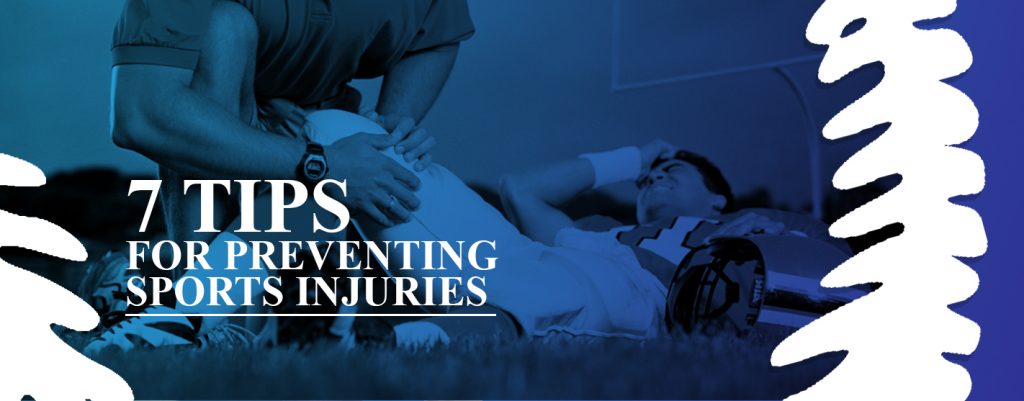
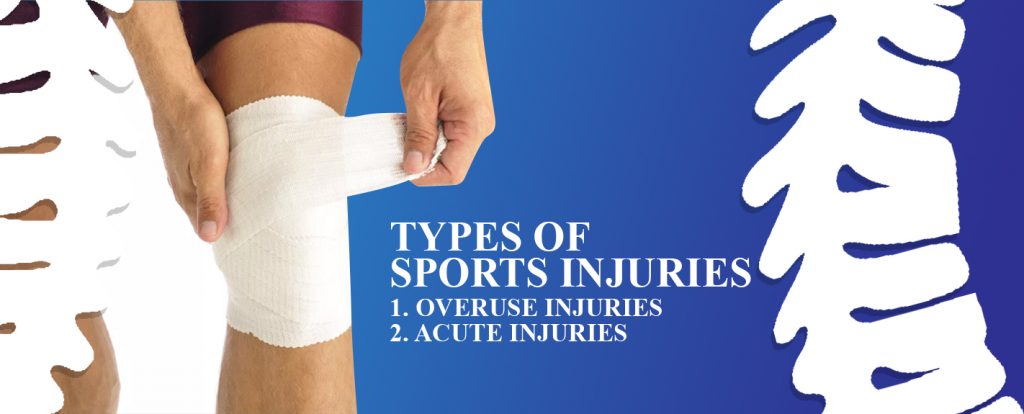
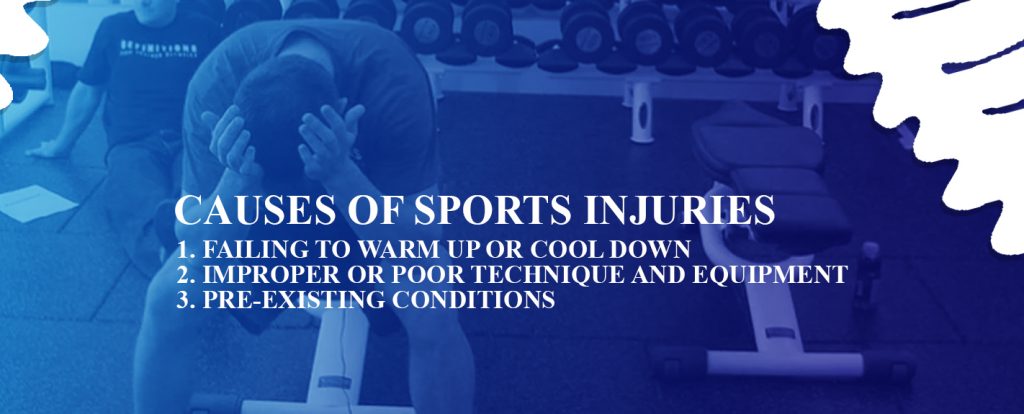
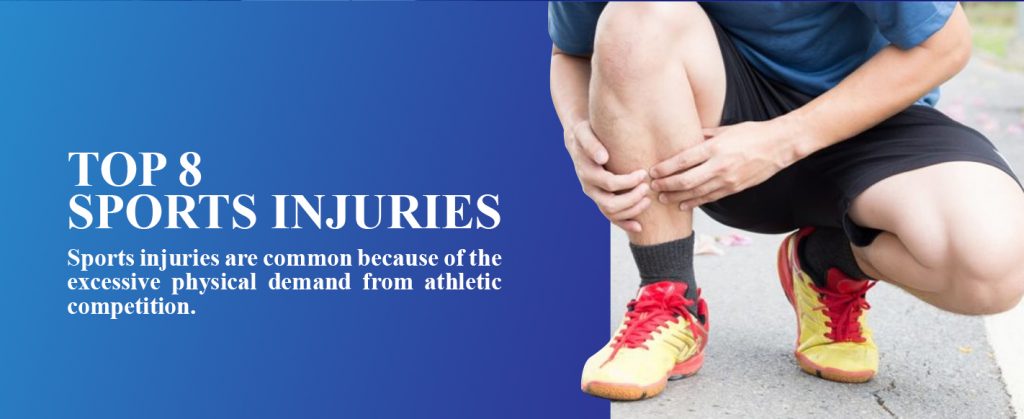

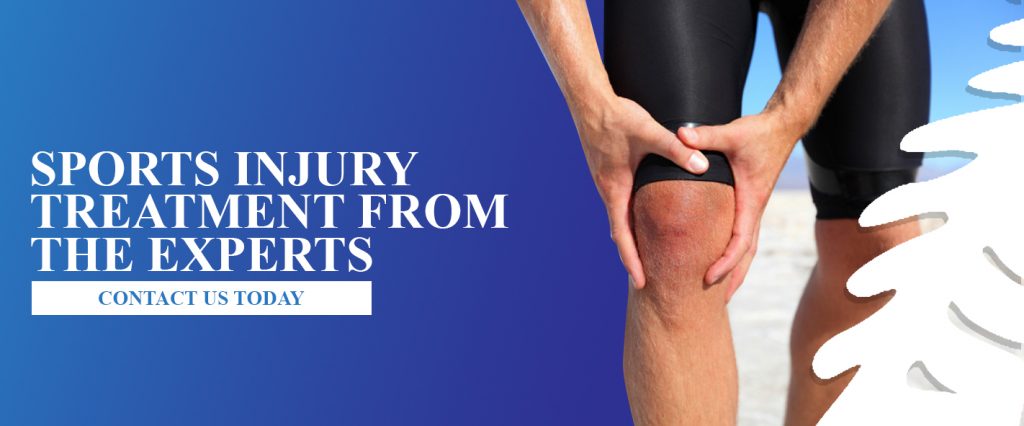









Leave a Reply